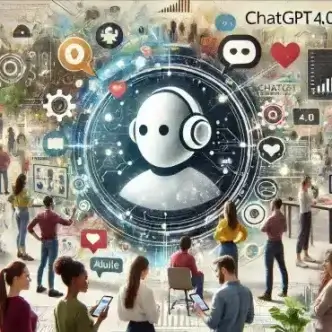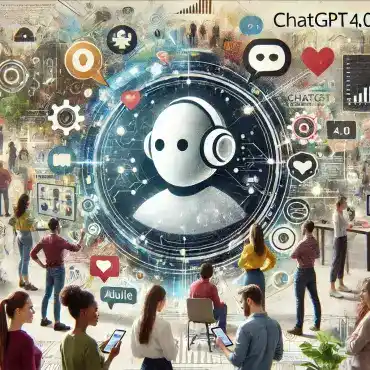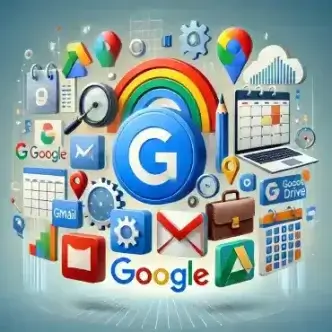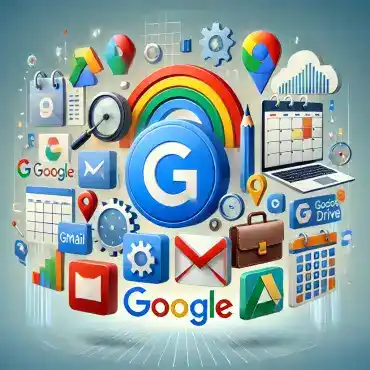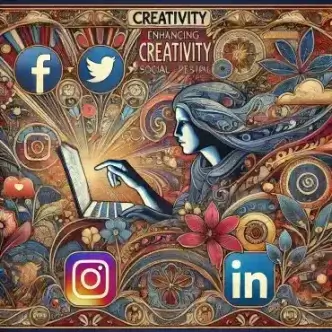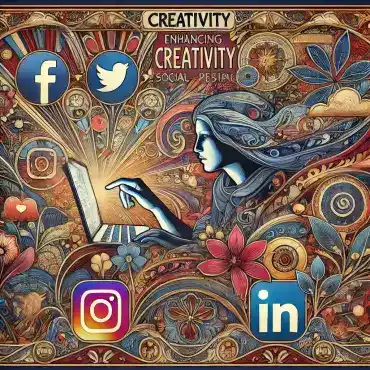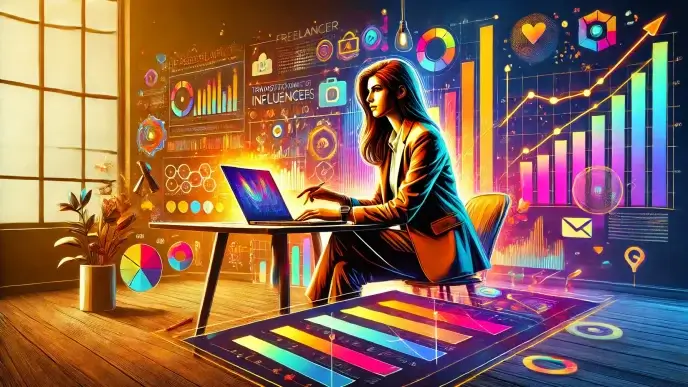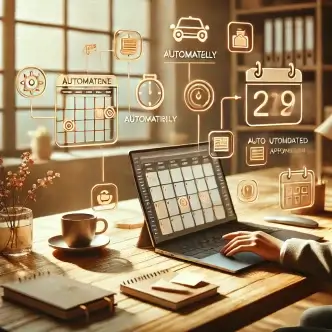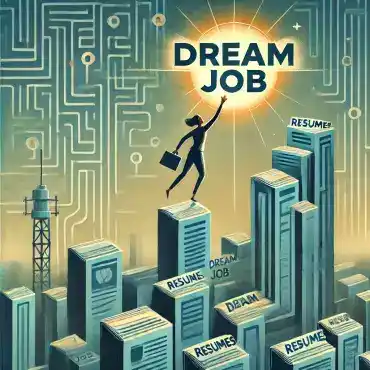Imagine sitting at a computer, working on an email when you feel the need for assistance in the wording. You open another tab, initiate a conversation with an AI helper and in no time get back a reply that is not only useful but almost like one written by a human— no less than surreal. This is not a scenario from science fiction; this happens every day for millions, thanks to the revolutionary technology that drives ChatGPT 4.0
Ware taking a step closer towards a day when machines will be competent to understand and respond with accuracy and empathy that is similar to humans. This is a radical shift in the way we interact with AI, not just a small step forward. But what drives on this wonder? How does it contrive means through which it can establish dialogues that are so lifelike? Most importantly, what does this signify for the times to come? Join us as we delve into the complexities of ChatGPT 4.0, examining its amazing powers, the science behind the technology, as well as the different ways it can be used and the problems that may ensue.
ChatGPT 4.0: A Leap in Understanding and Responsiveness
The most recent model in OpenAI’s Generative Pre-trained Transformer family, ChatGPT 4.0 is intended to improve human-machine communication. This model builds on the framework laid by its predecessors, adding more layers, larger datasets, and better fine-tuning techniques to produce a more nuanced, human-like conversational experience. But what does this signify, and why is it such a big deal?
Suppose you’re arranging a trip. You ask ChatGPT 4.0 for advice on where to go, where to stay, and what to do. Unlike previous versions, ChatGPT 4.0 does not just get generic lists from the internet. Instead, it interacts with you by inquiring about your interests—are you an adventurer or do you prefer to relax on the beach? It then tailors its choices to your tastes, providing you with a bespoke itinerary that appears to have been created by a travel expert.
This improvement in comprehension stems from the model’s improved capacity to interpret context. ChatGPT 4.0 may recall details from earlier in the conversation and utilize them to shape its responses, making interactions more coherent and contextually appropriate. For example, if you said earlier that you’re a gourmet, it might recommend going to a nearby market famed for its culinary delights.

ChatGPT 4.0 vs. ChatGPT 3.0: What Sets the Newest AI Apart?
ChatGPT 4.0 brings several significant improvements over its predecessor, ChatGPT 3.0, making it a more powerful and versatile tool. Here are the key characteristics that set ChatGPT 4.0 apart:
-
Enhanced Understanding of Context: ChatGPT 4.0 excels in maintaining context across lengthy chats. While ChatGPT 3.0 occasionally lost track of the conversation, the new version remembers prior exchanges better, offering coherent and contextually relevant responses. For example, if you’re discussing a multi-step process, such as project planning, ChatGPT 4.0 may recall previous information and change its advice accordingly.
-
Broader Knowledge Base: ChatGPT 4.0 has been trained on a larger and more diverse dataset than ChatGPT 3.0. This intensive training enables it to deliver more accurate and detailed information on a broader range of subjects. For example, if you’re looking for guidance on exotic hobbies or scientific topics, ChatGPT 4.0 is more likely to provide you with precise and relevant information.
-
Advanced Personalization: ChatGPT 4.0’s capacity to customize responses depending on user choices is more powerful than before. It learns from interactions and can adapt its style and tone to better fit each user. For example, if you like brief answers or lengthy explanations, ChatGPT 4.0 may tailor its responses to your preferences, making encounters more enjoyable.
-
Ethical and Safe Responses: ChatGPT 4.0 includes sophisticated safety features to reduce potentially hazardous and improper information. This enhancement solves one of the major concerns raised by ChatGPT 3.0, guaranteeing that the AI produces ethical and responsible responses. These precautions improve ChatGPT 4.0’s reliability for sensitive applications such as mental health support and educational advice.
-
Enhanced Multimodal Capabilities: ChatGPT 4.0 is more adept at dealing with ambiguous or unclear queries. It can ask clarifying questions to better understand the user’s intent, leading to more accurate and helpful responses. For example, if you ask about “bank services,” ChatGPT 4.0 might inquire whether you mean financial institutions or river banks, ensuring you get the relevant information you need.
-
Vision Capabilities: ChatGPT 4.0’s increased visual abilities improve its performance in image-based activities. It can help recognize items in images, analyze visual data for trends, and even aid with tasks like optical character recognition (OCR). This makes it an invaluable tool in industries such as healthcare, where image analysis is critical.

The Technology Behind ChatGPT 4.0: The Magic Under the Hood
So, what exactly makes this AI tick? Let’s peel back the layers and uncover the technological marvels powering ChatGPT 4.0.
ChatGPT 4.0 is built around the transformer architecture, a complex type of neural network designed to handle sequential input such as text. Transformers, developed by Google researchers, have transformed natural language processing by allowing models to better understand the context and relationships inside text. Unlike typical models that process text sequentially, transformers may process many sections of a sentence at the same time using an attention mechanism. This enables ChatGPT 4.0 to generate responses that are coherent, context-relevant, and nuanced.

The brilliance of ChatGPT 4.0 does not end with its architecture. The model was trained on a massive and diverse dataset containing books, articles, webpages, and other content. This intensive training enables it to understand the complexities of human language, including grammar, syntax, idiomatic expressions, and cultural references. Imagine having read hundreds of books and articles—ChatGPT 4.0 has done just that, allowing it to draw on a wealth of material to provide accurate and informative answers to questions.
The Promising Future of ChatGPT 4.0
In business, client service is critical. Companies such as Shopify and Zendesk use AI to handle customer inquiries more efficiently. ChatGPT 4.0 can go one step further, comprehending and responding to consumer issues with human-like sensitivity and precision. Imagine contacting a support center at any time and receiving immediate, helpful responses without the aggravation of navigating automated menus or waiting for a person agent. This AI-driven efficiency has the potential to greatly increase consumer happiness while also streamlining business operations.
The creative sector is likewise experiencing the revolutionary potential of AI. Writers, artists, and musicians use systems like ChatGPT 4.0 to brainstorm ideas, write content, and even create artwork. For example, a novelist experiencing writer’s block can use ChatGPT 4.0 to brainstorm story twists or dialogue, whilst a musician can use it to for assistance while composing songs. This cooperation between human creativity and artificial intelligence has the potential to generate unparalleled advancements and artistic expressions.
Alternatively, ChatGPT 4.0 can produce breakthrough results in fields like education and healthcare. Consider a patient in a remote place who needs medical advice. With restricted access to healthcare institutions, they rely on a virtual assistant powered by ChatGPT 4.0. This AI, with its improved multimodal skills, can study the patient’s symptoms, make preliminary diagnosis, and even interpret medical photos. Millions of people who previously had few options for healthcare now have access to real-time consultations and precise medical advice.
One significant example is the application of AI in journalism. The Washington Post uses “Heliograf,” an AI-powered bot, to generate news pieces. ChatGPT 4.0’s strong linguistic capabilities can improve the quality and depth of AI-generated journalism, ensuring that readers receive timely and reliable news coverage. Additionally, OpenAI’s collaboration with GitHub to create “Copilot,” an AI assistant for programmers, has already shown how AI can enhance productivity and creativity in coding, helping developers write and debug code more efficiently.
Navigating the AI Frontier: A Balanced Path Forward
As we stand on the cusp of an AI-driven future with ChatGPT 4.0, it’s essential to navigate this frontier with a balanced approach, addressing potential concerns while harnessing the technology’s full potential. The future of AI with ChatGPT 4.0 is brimming with possibilities, promising to revolutionize communication, creativity, and accessibility. However, this future is also fraught with ethical dilemmas and challenges.
One of the primary concerns with AI is the potential misuse of technology, such as deep fakes. For instance, in 2020, a deep fake video of former President Barack Obama went viral, where he appeared to say things he never actually said. This highlighted the potential for AI to spread misinformation and influence public opinion. To mitigate such risks, we need robust regulations and continuous monitoring to detect and prevent the misuse of AI-generated content.
In critical sectors like healthcare, the accuracy of AI-generated information is paramount. A notable case involved IBM’s Watson for Oncology, which faced scrutiny for providing inaccurate treatment recommendations due to reliance on flawed data. Ensuring that AI systems like ChatGPT 4.0 are trained on high-quality, unbiased data and subjected to rigorous testing can help prevent such issues. The rise of AI also raises concerns about job displacement. For instance, AI-driven automation in manufacturing has led to significant job losses, sparking debates about the future of work.
The path forward requires collaboration between AI developers, policymakers, industry leaders, and the public. For instance, the Partnership on AI, an organization founded by major tech companies, aims to promote responsible AI development through collaborative efforts. By working together, stakeholders can create frameworks and guidelines that maximize the benefits of AI while minimizing its risks.
____________
Written By: Juveriya Khan
